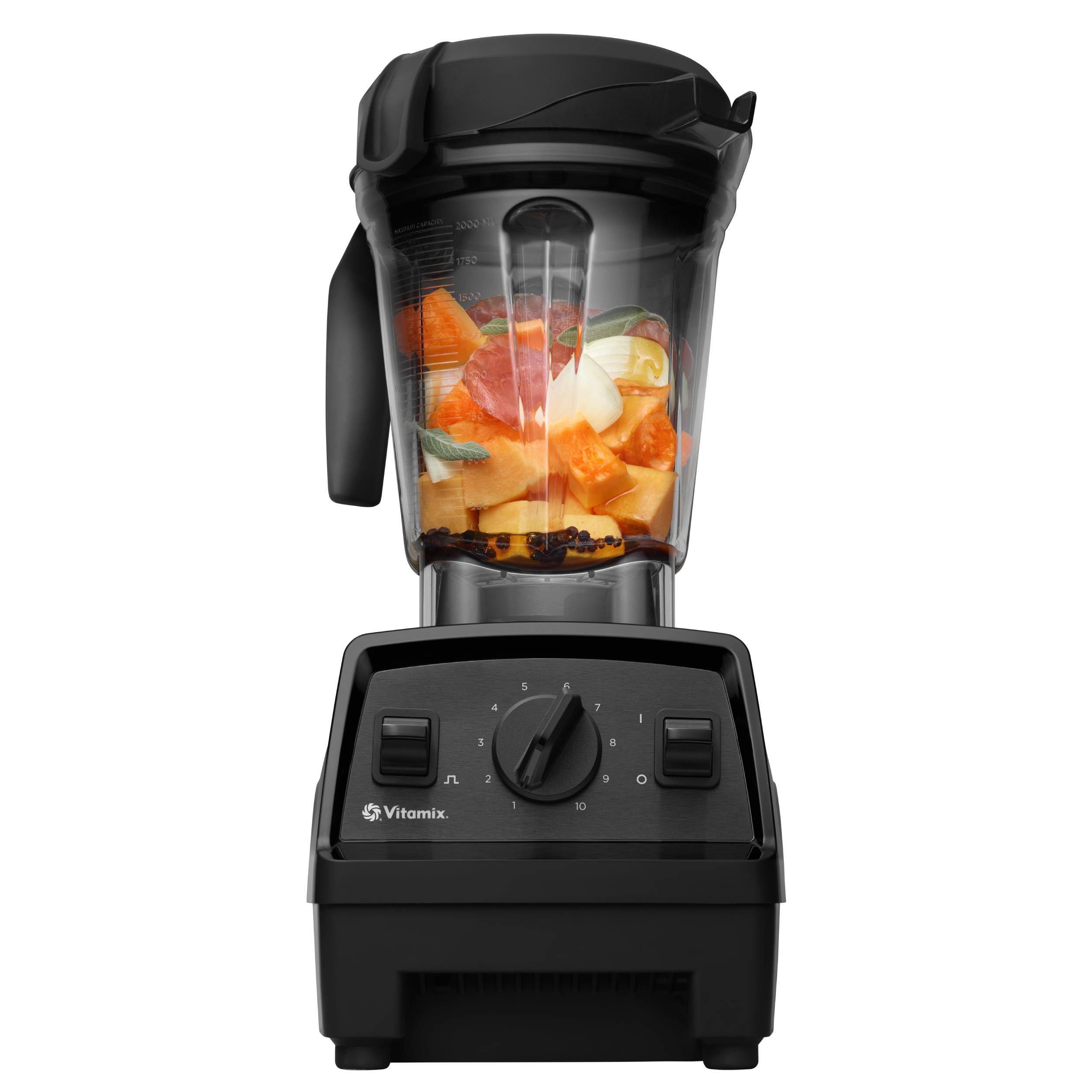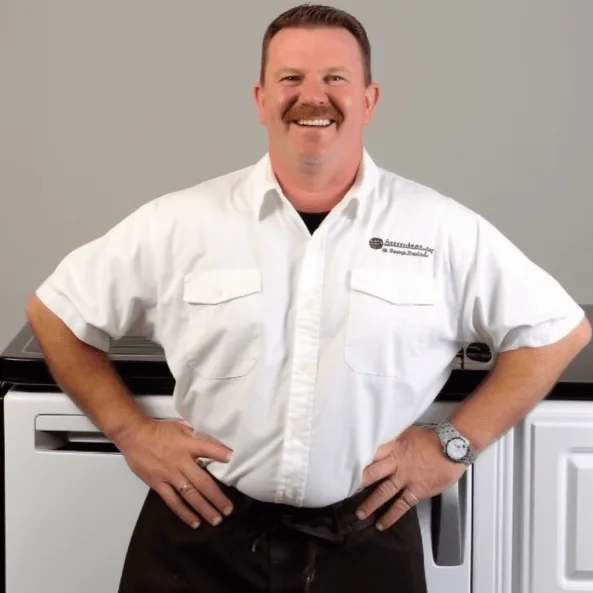Is your freezer drawer refusing to close all the way? You’re not alone. Many people face this frustrating issue, often at the most inconvenient times. A drawer that won’t shut properly can lead to unwanted frost buildup and spoiled food, making your life a little more complicated.
In this article, you’ll discover some common reasons why your freezer drawer might be acting up and how to fix them. Whether it’s a simple obstruction or a more complex problem, you’ll find practical solutions to get your freezer back in working order. Let’s tackle this together and keep your food fresh and your freezer functioning smoothly.
Key Takeaways
- Common Causes: Freezer drawer issues are often due to damaged tracks, obstructions from contents, or misalignment.
- Troubleshooting Tips: Inspect the drawer and tracks for damage, check for ice buildup, and adjust shelf placement to allow proper closure.
- Preventive Maintenance: Regular cleaning, damage inspection, defrosting, lubrication of tracks, and avoiding overpacking can enhance drawer functionality.
- Signs to Call a Professional: Persistent frost buildup, unusual noises, overheating, or inconsistent temperatures indicate a need for expert assistance.
- Research Repairs: Look for certified local technicians with good reviews and ensure to request estimates before proceeding with repairs.
Common Reasons A Freezer Drawer Won’t Close All The Way
A freezer drawer that won’t close fully can lead to frustrating food storage issues. Here are some common reasons this problem occurs.





Damaged Drawer Tracks
Damaged drawer tracks often prevent your freezer drawer from closing completely. Look for bent or broken track parts. If you find damage, consider replacing the tracks for smooth operation. Regular maintenance checks can prevent this issue, avoiding further complications.
Obstructed Contents
Obstructed contents in the freezer often block the drawer from closing. Check for food items or packaging that might be in the way. Reorganizing the contents can free up space for the drawer to close. Ensure items are stacked properly and not protruding beyond the edges of the drawer.
Misaligned Drawer
Misaligned drawers create gaps that hinder closure. Inspect the alignment by pulling the drawer out and pushing it back in. If it doesn’t slide in smoothly, adjust the position. Sometimes, simply removing the drawer and reinstalling it correctly resolves the issue.
Troubleshooting Steps
If your freezer drawer won’t close all the way, try these troubleshooting steps to identify and resolve the issue.
Inspect the Drawer
Examine the drawer for any visible damage. Check for cracks, bends, or other defects that might impede its movement. Look closely at the tracks where the drawer slides. If they’re damaged, consider replacing them to ensure smooth operation.





Check for Ice Buildup
Inspect the interior for any ice buildup around the edges. Ice can create an obstruction that prevents the drawer from closing properly. Use a hairdryer on the lowest setting to gently melt the ice or let it thaw naturally. Always unplug the freezer before attempting any work to ensure safety.
Adjust Shelf Placement
Review the placement of items on the shelves. Ensure that no items are protruding or blocking the path of the drawer. Adjust the shelves higher or lower as needed to create sufficient space for the drawer to close. Experiment with various arrangements to find what works best, keeping it organized to prevent future issues.
Preventive Measures
Taking preventive measures keeps your freezer drawer functioning smoothly and prevents closure issues. Regular maintenance and proper organization help maintain optimal performance.
Regular Maintenance Tips
- Clean the Drawer and Tracks: Wipe down the drawer and tracks using a damp cloth. Regular cleaning removes debris and prevents buildup that can obstruct movement.
- Inspect for Damage: Routinely check for cracks, bends, or other damage on the drawer or tracks. Early detection can prevent further issues.
- Defrost the Freezer: Periodically defrost your freezer to prevent ice buildup. Use a hairdryer on a low setting or let warm air circulate to speed up the process.
- Lubricate Tracks: Apply a food-safe lubricant to the tracks. This action aids smooth movement and helps prevent friction-related problems.
- Avoid Overpacking: Keep items neatly organized and avoid overloading the drawer. Overpacking can misalign the tracks or block the drawer from closing completely.
- Use Clear Storage Bins: Utilize clear bins for smaller items. This organization method allows you to see contents quickly without moving things around.
- Prioritize Accessibility: Place frequently used items in the front. By doing this, you minimize the need to shuffle items around when accessing your food.
- Label Everything: Clearly label bins and containers. Labels help identify contents at a glance, reducing the chances of obstruction while searching for food.
Following these preventive measures can significantly improve your freezer’s performance and extend its lifespan.
When to Call a Professional
If you’ve tried troubleshooting your freezer drawer issue and it still won’t close properly, it’s time to consider professional help. Certain signs indicate when expert assistance becomes necessary.





Signs of Serious Issues
- Continuous Frost Buildup: If frost persists despite regular defrosting, a problem with the freezer’s seal or cooling system likely exists.
- Unusual Noises: Sounds like grinding or clicking may signify a malfunctioning component that requires repair.
- Overheating: If the outside of the freezer feels unusually hot, a compressor or motor issue may be present.
- Inconsistent Temperatures: If food consistently freezes or thaws unpredictably, it suggests a problem with the thermostat or refrigerant levels.
- Research Local Technicians: Search online for appliance repair specialists with positive reviews and ratings. Focus on those who specifically list experience with freezers.
- Check Certifications: Ensure the technician is certified and has the necessary training to handle refrigeration systems.
- Ask for Estimates: Request quotes from multiple technicians to compare pricing and services. An upfront estimate helps avoid surprise charges.
- Evaluate Warranty Options: If your freezer is still under warranty, verify if unauthorized repairs might void coverage. Contact the manufacturer or retailer for guidance.
Calling a professional can save time and prevent further damage, ensuring your freezer functions optimally.
Conclusion
Dealing with a freezer drawer that won’t close can be frustrating but you’re not alone. By identifying the root cause and taking simple steps to fix it you can keep your food fresh and your freezer running smoothly. Regular maintenance and proper organization go a long way in preventing these issues from cropping up again.
If you find that troubleshooting doesn’t solve the problem don’t hesitate to call a professional. They’ll help ensure your freezer stays in top shape. With a little effort you’ll enjoy a fully functioning freezer that keeps your food safe and your kitchen organized.
Frequently Asked Questions
What are common causes of a freezer drawer not closing properly?
The most common causes include damaged drawer tracks, obstructed contents, and misaligned drawers. Damaged tracks may need to be replaced. Obstructions can be resolved by reorganizing items, while alignment issues require adjustment to ensure proper closure.
How do I fix a freezer drawer that won’t close?
To fix the drawer, inspect it for damage, check the tracks for defects, and look for ice buildup. You can use a hairdryer to melt ice or allow it to thaw naturally. Adjust the drawer’s alignment and ensure no items block its path.
How can I prevent freezer drawer closure issues?
Preventive measures include cleaning the drawer and tracks, periodically defrosting the freezer, and lubricating the tracks with a food-safe lubricant. Avoid overpacking, use clear storage bins for organization, and keep frequently used items accessible at the front.
When should I call a professional for freezer problems?
You should call a professional if you notice continuous frost buildup, unusual noises, overheating, or inconsistent temperatures. These signs often indicate serious issues that may require expert intervention for proper diagnosis and repair.
How can I find a reliable technician for freezer repairs?
To find a reliable technician, search locally for appliance repair services, check their certifications, and request estimates from multiple professionals. Read reviews and evaluate warranty options to ensure high-quality service and proper repairs for your freezer.

Hey, I’m Jake. I focus on cooling systems at Appliance Mastery, like fridges, freezers, and air conditioners.
I’ve worked in appliance repair for more than ten years and I’m certified through NASTeC. I’ve seen just about every fridge issue you can imagine.
My goal is to help you fix problems without stress. Whether it’s a freezer that won’t cool or an AC that keeps beeping, I’m here to walk you through it.
